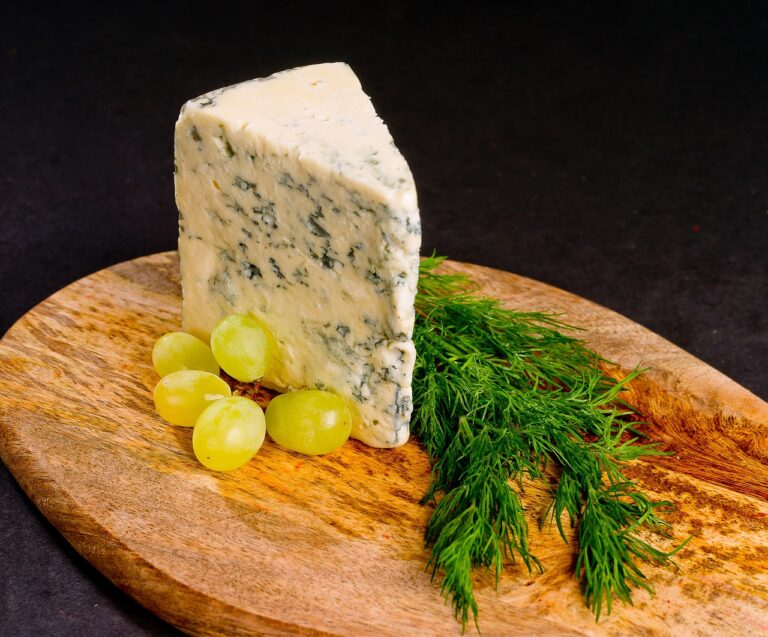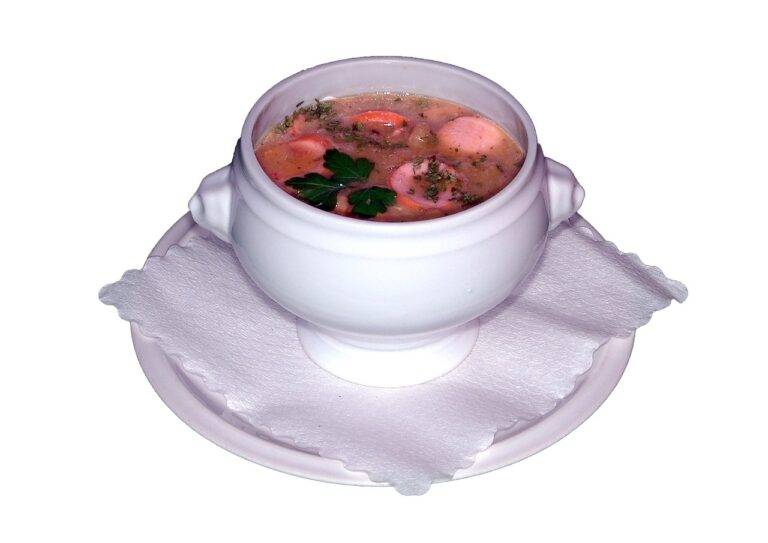Decoding Food Labels: Understanding Organic, Non-GMO, and Other Certifications
Reading food labels can provide valuable information about the products we consume. Understanding common food labels such as “organic,” “non-GMO,” and “gluten-free” can help consumers make informed choices about their food purchases. These labels can give insight into how a product was produced, what ingredients were used, and any specific qualities it may have.
Some common food labels are regulated by government agencies to ensure accuracy and consistency in their use. For example, the “organic” label in the United States is overseen by the USDA, which sets standards for organic farming practices and ingredient sourcing. By looking for these regulated labels on food products, consumers can have more confidence in the claims being made by manufacturers.
Organic Certification
Organic certification is a process of verifying that food products have been produced using organic farming methods. These methods prioritize the use of natural fertilizers and pest control techniques, while avoiding synthetic chemicals and genetically modified organisms.
Consumers seek out organic certification as a way to ensure that the food they are purchasing has been grown or produced in a manner that is aligned with their values and beliefs. Organic certification helps individuals make informed choices about the environmental impact of their food purchases and supports sustainable agricultural practices.
• Organic certification verifies that food products have been produced using organic farming methods
• These methods prioritize natural fertilizers and pest control techniques
• Synthetic chemicals and genetically modified organisms are avoided in organic farming
Consumers look for organic certification to ensure their food aligns with their values
Organic certification helps individuals make informed choices about the environmental impact of their food purchases
Non-GMO Verification
Non-GMO verification provides consumers with the assurance that the products they are purchasing do not contain genetically modified organisms. This label is becoming increasingly popular as more people seek out foods that align with their preferences for non-modified ingredients. By choosing products with the Non-GMO verification label, consumers can feel confident that they are making choices that support their values regarding food quality and sourcing.
When a product undergoes Non-GMO verification, it means that the ingredients used in its production have been tested and verified to be free from genetic modification. This process involves thorough testing and can provide consumers with peace of mind knowing that the food they are consuming is in line with their desire for non-GMO options. The Non-GMO verification label serves as a helpful guide for individuals looking to make informed decisions about the foods they eat and the impact of those choices on their health and well-being.
What does the term “Non-GMO” mean?
Non-GMO stands for non-genetically modified organisms. This means that the product has not been genetically engineered or altered in any way.
How can I tell if a product is Non-GMO verified?
Look for the Non-GMO Project Verified seal on the packaging. This seal indicates that the product has undergone testing and meets the strict standards for being non-GMO.
Are all organic products Non-GMO?
Not necessarily. While organic products are required to be non-GMO, not all non-GMO products are organic. Look for both the organic certification and Non-GMO Project Verified seal to ensure a product is both organic and non-GMO.
Why is it important to choose Non-GMO products?
Choosing Non-GMO products can help support sustainable agriculture, protect biodiversity, and avoid potential health risks associated with genetically modified organisms.
Can I trust that a product is Non-GMO just because it doesn’t have a GMO label?
It’s always best to look for the Non-GMO Project Verified seal to ensure that a product has been tested and verified to be non-GMO. Without this seal, there is no guarantee that a product is truly non-GMO.







